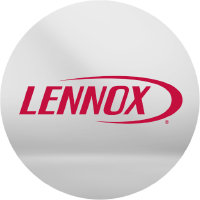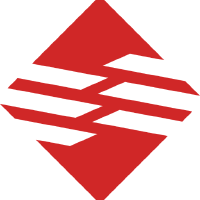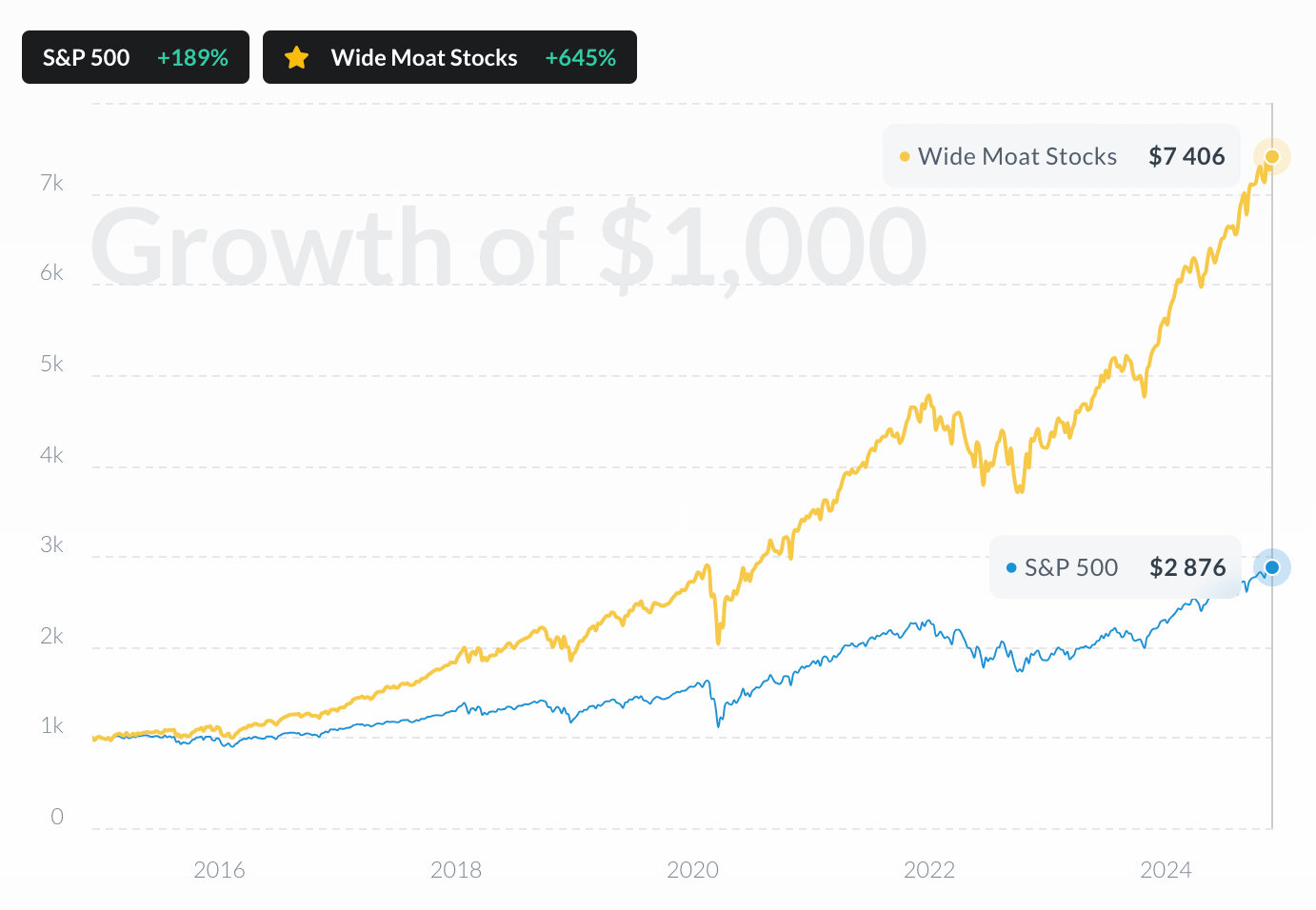
Owens Corning
NYSE:OC


| US |

|
Johnson & Johnson
NYSE:JNJ
|
Pharmaceuticals
|
| US |

|
Berkshire Hathaway Inc
NYSE:BRK.A
|
Financial Services
|
| US |

|
Bank of America Corp
NYSE:BAC
|
Banking
|
| US |

|
Mastercard Inc
NYSE:MA
|
Technology
|
| US |

|
UnitedHealth Group Inc
NYSE:UNH
|
Health Care
|
| US |

|
Exxon Mobil Corp
NYSE:XOM
|
Energy
|
| US |

|
Pfizer Inc
NYSE:PFE
|
Pharmaceuticals
|
| US |

|
Palantir Technologies Inc
NYSE:PLTR
|
Technology
|
| US |

|
Nike Inc
NYSE:NKE
|
Textiles, Apparel & Luxury Goods
|
| US |

|
Visa Inc
NYSE:V
|
Technology
|
| CN |

|
Alibaba Group Holding Ltd
NYSE:BABA
|
Retail
|
| US |

|
JPMorgan Chase & Co
NYSE:JPM
|
Banking
|
| US |

|
Coca-Cola Co
NYSE:KO
|
Beverages
|
| US |

|
Walmart Inc
NYSE:WMT
|
Retail
|
| US |

|
Verizon Communications Inc
NYSE:VZ
|
Telecommunication
|
| US |

|
Chevron Corp
NYSE:CVX
|
Energy
|
Utilize notes to systematically review your investment decisions. By reflecting on past outcomes, you can discern effective strategies and identify those that underperformed. This continuous feedback loop enables you to adapt and refine your approach, optimizing for future success.
Each note serves as a learning point, offering insights into your decision-making processes. Over time, you'll accumulate a personalized database of knowledge, enhancing your ability to make informed decisions quickly and effectively.
With a comprehensive record of your investment history at your fingertips, you can compare current opportunities against past experiences. This not only bolsters your confidence but also ensures that each decision is grounded in a well-documented rationale.
Do you really want to delete this note?
This action cannot be undone.

| 52 Week Range |
98.28
191.19
|
| Price Target |
|
We'll email you a reminder when the closing price reaches USD.
Choose the stock you wish to monitor with a price alert.

|
Johnson & Johnson
NYSE:JNJ
|
US |

|
Berkshire Hathaway Inc
NYSE:BRK.A
|
US |

|
Bank of America Corp
NYSE:BAC
|
US |

|
Mastercard Inc
NYSE:MA
|
US |

|
UnitedHealth Group Inc
NYSE:UNH
|
US |

|
Exxon Mobil Corp
NYSE:XOM
|
US |

|
Pfizer Inc
NYSE:PFE
|
US |

|
Palantir Technologies Inc
NYSE:PLTR
|
US |

|
Nike Inc
NYSE:NKE
|
US |

|
Visa Inc
NYSE:V
|
US |

|
Alibaba Group Holding Ltd
NYSE:BABA
|
CN |

|
JPMorgan Chase & Co
NYSE:JPM
|
US |

|
Coca-Cola Co
NYSE:KO
|
US |

|
Walmart Inc
NYSE:WMT
|
US |

|
Verizon Communications Inc
NYSE:VZ
|
US |

|
Chevron Corp
NYSE:CVX
|
US |
This alert will be permanently deleted.
Operating Margin
Owens Corning
Operating Margin represents how efficiently a company is able to generate profit through its core operations.
Higher ratios are generally better, illustrating the company is efficient in its operations and is good at turning sales into profits.
Operating Margin Across Competitors
| Country | Company | Market Cap |
Operating Margin |
||
|---|---|---|---|---|---|
| US |

|
Owens Corning
NYSE:OC
|
9.4B USD |
16%
|
|
| US |
F
|
Fortune Brands Home & Security Inc
LSE:0IRN
|
704.5B USD |
16%
|
|
| IE |

|
Trane Technologies PLC
NYSE:TT
|
86.5B USD |
19%
|
|
| IE |

|
Johnson Controls International PLC
NYSE:JCI
|
73B USD |
12%
|
|
| FR |

|
Compagnie de Saint Gobain SA
PAR:SGO
|
42.7B EUR |
11%
|
|
| US |

|
Carrier Global Corp
NYSE:CARR
|
45.4B USD |
11%
|
|
| SE |

|
Assa Abloy AB
STO:ASSA B
|
395.3B SEK |
15%
|
|
| JP |

|
Daikin Industries Ltd
TSE:6367
|
5.7T JPY |
9%
|
|
| CH |

|
Geberit AG
SIX:GEBN
|
20.5B CHF |
24%
|
|
| US |

|
Lennox International Inc
NYSE:LII
|
17.4B USD |
20%
|
|
| IE |
K
|
Kingspan Group PLC
ISEQ:KRX
|
13.6B EUR |
10%
|
Owens Corning
Glance View
In the industrial heart of Toledo, Ohio, Owens Corning stands as a testament to American ingenuity and resilience, carving a niche in the building materials arena. Founded in 1938, the company emerged from the merger of two giants – Corning Glass Works and Owens-Illinois – with a pioneering spirit focused on fiber glass technology. This innovation laid the groundwork for Owens Corning to become a leader in insulation, roofing, and composites, effectively setting the stage for its growth trajectory. These three business segments form the backbone of the company, each channeling the unique properties of fiberglass to cater to diverse needs across residential, commercial, and industrial markets. By leveraging its proprietary technologies and vast distribution networks, Owens Corning ensures it remains at the forefront of sustainable building solutions, meeting the evolving demands of energy efficiency and durability. Central to Owens Corning’s business model is its strategy of vertical integration, which enables the company to streamline production and cost management while maintaining high-quality standards. In the insulation segment, they produce a variety of products aimed at enhancing energy efficiency in buildings, offering a range of solutions from residential to large-scale industrial applications. Meanwhile, their roofing business capitalizes on high-demand asphalt shingles, fortified by strong brand equity and widespread distribution channels. The composites business diversifies its portfolio further, engaging with industries like automotive, wind energy, and marine, showcasing the versatility of glass fiber materials. By investing in sustainable practices and continuous innovation, Owens Corning not only generates revenue from sales across these segments but also positions itself as an advocate for environmental responsibility, all while navigating the intricacies of a highly competitive marketplace.

See Also
Operating Margin represents how efficiently a company is able to generate profit through its core operations.
Higher ratios are generally better, illustrating the company is efficient in its operations and is good at turning sales into profits.
Based on Owens Corning's most recent financial statements, the company has Operating Margin of 16.5%.

































